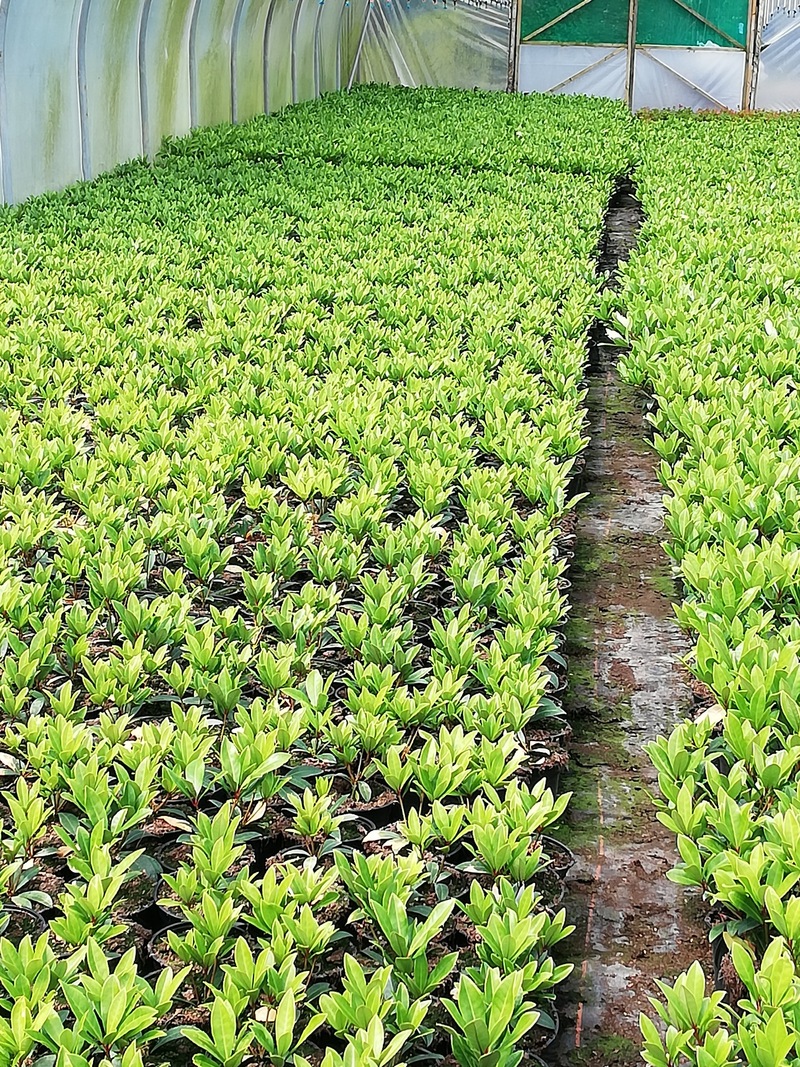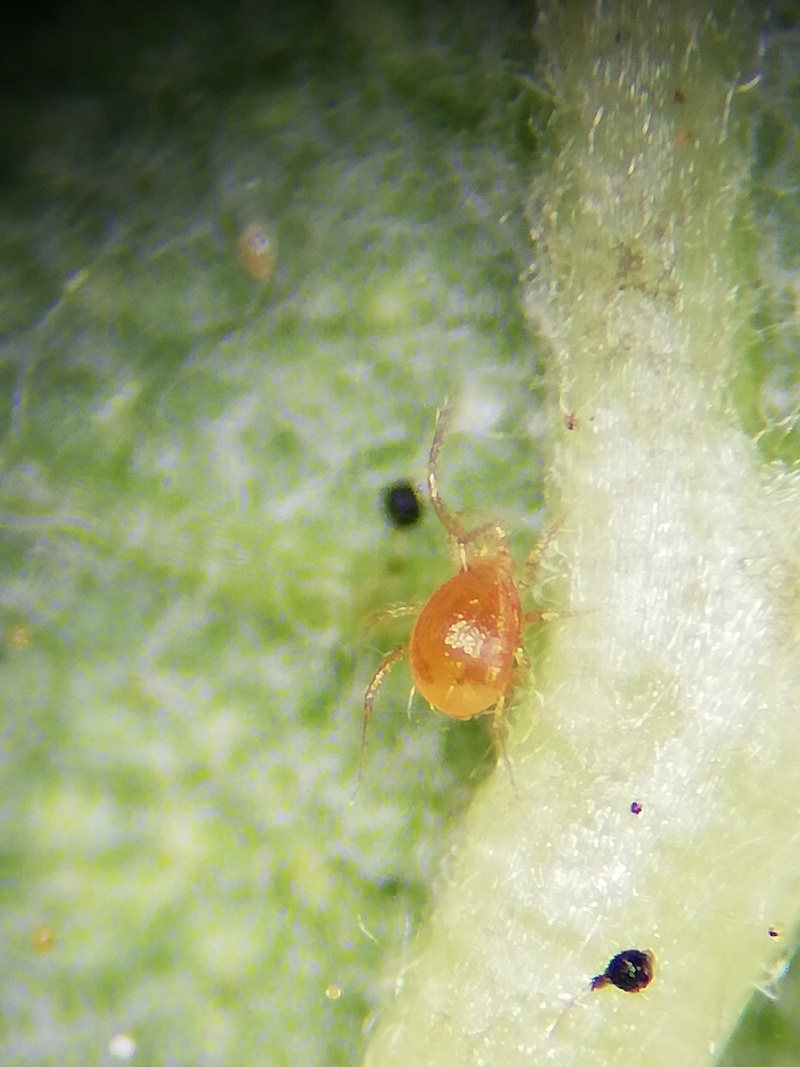
Two-spotted spider mite control in hardy nursery stock grown in polytunnels
Phytoseiulus persimilis and Feltiella acarisuga have been at the centre of two spotted spider mite (TSSM) control strategies in hardy nursery stock (HNS) for many years. Over the last decade or so, some growers have significantly increased their HNS production capacity, which has also resulted in an increase in the number of plant species being grown. Since many of these plants have their own specific crop protection needs, there has been a concurrent increase in integrated crop management (ICM) programme complexity.
The production of a diverse range of plants often leads to a much wider range of pests that require a mix of ICM solutions to keep pests below population thresholds at which crop damage occurs.
Steve Usher, Koppert’s highly experienced Technical Consultant for the North West, provides advice and on-site support in many HNS crops. “This year has been quite challenging, with cold temperatures early in the season, and very high temperatures occurring intermittently during the summer,” commented Steve. As part of the spider mite control strategy, it is important to distinguish between spider mite resistant, moderately susceptible, and highly susceptible plant species. Steve added, “By knowing which plants are prone to TSSM damage, and physically placing them in the same area on the nursery, makes spider mite control easier to implement. It ensures that no TSSM-susceptible crop is overlooked, and it makes Spidex Vital® application far more efficient.”

Spidex Boost provides a solution for TSSM control in tall and open HNS canopies
HNS plants are diverse in growth habit, ranging from tall to prostrate, with open or tightly closed canopies, and with and without leaf hairs. “For the protection of tall open canopies we like to use the Spidex Boost® sachets, which can be attached from the plant’s petiole using the sachet’s hook. Once in position, a small incision to the sachet allows the predators to escape over the ensuing 7-10 days,” explained Steve. For plants with a well-established canopy, predator application is achieved using the Spidex Vital® shaker system, but for greater accuracy in terms of application rate and distribution, the use of the Mini Airbug® or larger Airbug® is advisable.
Due to the greater variation in environmental conditions in HNS growing in polytunnels, there is also a potential role for cultural control measures and compatible insecticides, coupled with an understanding of pest and beneficial biology, and supported by a sound pest monitoring system. For more information on how to implement a successful biological control programme against spider mites and other pests in HNS, contact your regional Koppert consultant.